Home>Articles>How To Store Kitchen Appliances In Small Kitchen
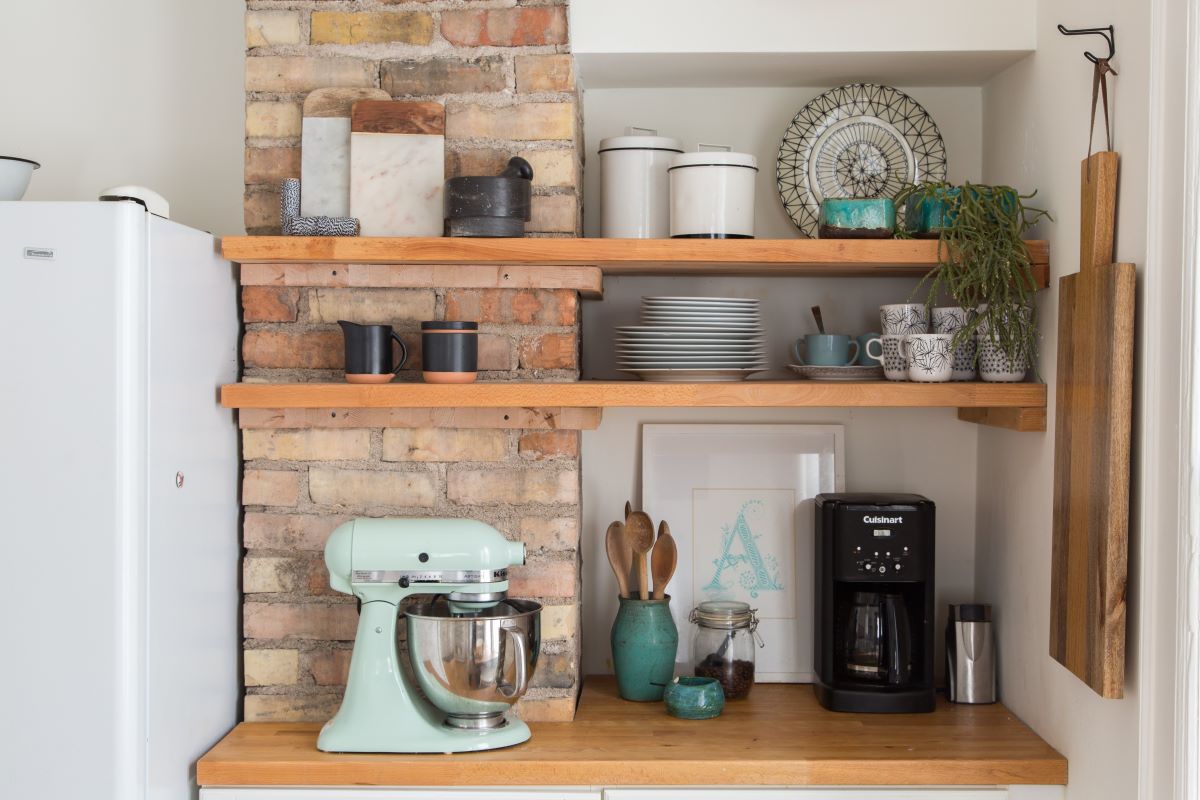

Articles
How To Store Kitchen Appliances In Small Kitchen
Modified: September 2, 2024
Learn effective strategies to store your kitchen appliances in a small kitchen with these helpful articles. Maximize space and minimize clutter for a functional and organized cooking area.
(Many of the links in this article redirect to a specific reviewed product. Your purchase of these products through affiliate links helps to generate commission for Storables.com, at no extra cost. Learn more)
Introduction
In today’s modern kitchens, small appliances play a crucial role in helping us prepare meals quickly and conveniently. However, in small kitchen spaces, finding the right storage solutions for these appliances can be a challenge. The key to maximizing your kitchen’s functionality lies in optimizing the available space and applying smart storage techniques.
In this article, we will explore various strategies for storing kitchen appliances in small kitchens, ensuring that you can keep your countertops clutter-free and your appliances easily accessible. By utilizing vertical space, cabinets, countertops, walls, and even the space underneath cabinets, you can create a streamlined and efficient kitchen setup.
Let’s dive in and discover the secrets to storing your kitchen appliances in a small kitchen effectively.
Key Takeaways:
- Maximize vertical space by using floating shelves, pegboards, and tall cabinets to store small appliances, keeping countertops clutter-free and creating an efficient kitchen setup.
- Utilize drawer organizers, deep drawers, and multi-functional appliances to optimize storage, declutter, and create an organized and efficient small kitchen.
Read more: What Is The Best Small Food Processor
Utilizing Vertical Space for Storage
When working with a small kitchen, one of the most effective ways to save space is to utilize the vertical space available. By maximizing the height of your kitchen walls, you can create additional storage opportunities for your appliances.
One option is to install floating shelves or open shelving units on the walls. These shelves can be used to store smaller appliances like toasters, blenders, and coffee makers. Not only does this free up valuable countertop space, but it also adds a decorative touch to your kitchen.
Another method of utilizing vertical space is by incorporating a pegboard or magnetic strip on the walls. These versatile organizers allow you to hang your smaller kitchen appliances, such as knives, measuring spoons, and even pots and pans, within arm’s reach. This not only saves valuable drawer and cabinet space but also adds a functional and visually appealing element to your kitchen.
Furthermore, consider investing in tall kitchen cabinets that extend all the way to the ceiling. This provides additional storage space for less frequently used appliances or bulkier items like food processors or stand mixers. By utilizing the full height of the cabinets, you make the most out of the available space in your kitchen.
Remember, when utilizing vertical space for storage, make sure to arrange your appliances in a way that is easily accessible. Keep frequently used items within arm’s reach, while placing less frequently used items on higher shelves or in the back of cabinets.
By optimizing the vertical storage in your small kitchen, you can create an efficient and organized space that maximizes functionality while minimizing clutter.
Utilizing Cabinet Space Effectively
Cabinets are an essential component of any kitchen, and when it comes to small kitchens, utilizing cabinet space effectively becomes crucial. With some smart organizing techniques, you can make the most out of your cabinet storage and keep your appliances easily accessible.
One strategy is to invest in cabinet organizers and inserts. These handy tools help you divide and conquer the available space within your cabinets. Consider using wire racks, shelf dividers, or pull-out drawers to optimize storage for smaller appliances. These organizers create designated spaces for each appliance, ensuring that they are neatly stored and easily retrievable.
Another tip is to utilize the space on the cabinet doors. Install door-mounted racks or hooks to hang smaller appliances like measuring cups and spoons or oven mitts. This not only frees up interior cabinet space but also keeps frequently used items within reach.
For larger appliances, such as blenders or food processors, consider dedicating a specific cabinet with adjustable shelving to accommodate their height. This way, you can keep these bulkier items organized and easily accessible when needed.
Stackable containers and bins are also beneficial in maximizing cabinet space. Use these containers to store smaller appliances or their accessories. Not only does this keep everything tidy and easily visible, but it also prevents smaller items from getting lost in the back of the cabinet.
Lastly, make use of the vertical space inside cabinets by installing tension rods or adjustable shelves. These tools allow you to create extra levels within the cabinets, doubling the storage capacity. You can use them to store plates, cutting boards, or even vertically stack baking sheets and trays.
Remember to declutter your cabinets regularly and only keep the appliances you truly use and love. Getting rid of unnecessary items creates more room for the appliances you frequently rely on and prevents your cabinets from becoming overcrowded.
By utilizing cabinet space effectively, you can create a well-organized kitchen that optimizes storage for your appliances and keeps everything within easy reach.
Utilizing Countertop Space
In small kitchens, countertop space is often limited and valuable real estate. Therefore, it’s essential to prioritize and use this space efficiently to ensure a functional and clutter-free cooking environment.
One of the best ways to maximize countertop space is to only keep the most frequently used appliances out in the open. Identify the appliances that you use daily, such as coffee makers or toasters, and find permanent spots for them on the countertop. This not only saves you the hassle of constantly unpacking and repacking these appliances but also ensures easy access whenever you want to use them.
Consider investing in multi-functional appliances that can serve multiple purposes. For example, a combination microwave/convection oven or an Instant Pot can eliminate the need for separate appliances, saving both space and money.
Utilizing vertical space on the countertops is another effective strategy. Install wall-mounted racks or shelves above the countertop area to store smaller items like spice jars, cooking oils, and utensils. This frees up valuable counter space while keeping essential items within reach.
If you have limited countertop space, a kitchen cart or a portable island can provide extra workspace and storage. These movable units can be used to store appliances or as additional prep areas when needed. When not in use, you can wheel them out of the way, allowing for more room in your small kitchen.
Another tip is to make use of wall-mounted holders or hooks to hang frequently used items like mugs, cutting boards, or even pots and pans. This keeps these essentials nearby and frees up countertop space.
Lastly, remember to keep your countertops organized and clutter-free by regularly decluttering. Store items that aren’t frequently used in cabinets or uncluttered areas to make room for the appliances you use regularly.
By utilizing countertop space effectively, you create a functional and efficient kitchen layout that maximizes storage while providing ample room for meal preparation and cooking.
Utilizing Wall Space
When it comes to small kitchens, every inch of available space counts. An often overlooked area with untapped potential is the wall space. By effectively utilizing the walls, you can create additional storage opportunities for your kitchen appliances.
One of the most straightforward and versatile ways to utilize wall space is by installing shelves. Floating shelves or open shelving units can be mounted on the walls, providing a perfect spot to store and display your smaller appliances. This frees up valuable counter and cabinet space while adding a decorative touch to your kitchen.
Consider using hooks or magnetic strips to hang your frequently used utensils and kitchen tools on the walls. This not only keeps them easily accessible but also adds a functional and visually appealing element to your kitchen décor. You can hang items like spatulas, ladles, and measuring cups for quick and convenient access while cooking.
If you have limited cabinet space, installing a pegboard on the wall is a fantastic solution. Pegboards allow you to hang and organize various kitchen tools, from pots and pans to knives and cutting boards. This not only saves space but also adds a stylish and customizable element to your kitchen walls.
For small appliances that are not used on a daily basis, such as mixers or slow cookers, you can create dedicated wall storage. Install a hinged cabinet or a wall-mounted shelf with a door to safely store these appliances when not in use. This keeps them out of sight and frees up valuable countertop or cabinet space.
Another option for utilizing wall space is to install a pot rack. Hanging pots and pans on a rack not only saves cabinet space but also adds a rustic and charming element to your kitchen. Consider placing the pot rack above your kitchen island or stove, ensuring easy access to your cooking essentials.
Lastly, don’t forget to take advantage of the space above your cabinets if there’s a gap between the top of your cabinets and the ceiling. Utilize decorative baskets or boxes to store appliances or items you don’t use as often. This way, you can keep these items organized and easily accessible without taking up valuable cabinet or countertop space.
By thinking vertically and utilizing the walls, you can maximize storage space in your small kitchen and create a visually appealing and functional cooking area.
Consider using vertical storage solutions such as shelves or hanging racks to maximize space in a small kitchen. This will help keep your kitchen appliances organized and easily accessible.
Utilizing the Space Underneath Cabinets
In small kitchens, every inch of space counts, including the often overlooked area underneath the cabinets. By utilizing this space effectively, you can create additional storage opportunities for your kitchen appliances.
One of the most efficient ways to utilize the space underneath cabinets is by installing hooks or a rail system. This allows you to hang mugs, utensils, or even small pots and pans, keeping them within easy reach and freeing up valuable drawer and cabinet space.
Consider adding adhesive hooks or magnetic strips on the underside of the cabinets. These can be used to hang lightweight appliances like measuring spoons, oven mitts, or even small cutting boards. This keeps these frequently used items easily accessible without cluttering your countertops or cabinets.
If you have larger appliances that are not used as frequently, such as mixers or blenders, consider utilizing the space under the cabinets as dedicated storage. Install slide-out shelves or trays that can be neatly tucked away under the cabinets when not in use.
Another option is to create a pull-out drawer or open shelving system under the cabinets. This can be used to store appliances or items that are used less frequently but still need to be easily accessible. By utilizing this space effectively, you can keep your countertops clutter-free while ensuring your appliances are readily available when needed.
Don’t forget to make use of the space inside the cabinet doors as well. Install small shelves or racks to store spices, small jars, or even cutting boards. This helps to keep these items organized and prevents them from taking up valuable cabinet or countertop space.
Lastly, consider utilizing the space underneath wall-mounted cabinets. Install hooks or racks to hang items like pots, pans, or cooking utensils. This creates a functional and visually appealing display while saving space in your cabinets and drawers.
By utilizing the space underneath cabinets in your small kitchen, you can maximize storage opportunities and create a more organized and efficient cooking space.
Utilizing Drawer Space
When it comes to small kitchens, utilizing drawer space effectively is essential for optimizing storage and keeping your kitchen appliances organized and easily accessible. Here are some tips to make the most out of your drawer space:
Invest in drawer organizers: Drawer organizers are a game-changer when it comes to keeping your kitchen appliances in order. Use dividers and trays to separate and categorize your appliances. This way, you can easily locate what you need without having to rummage through a jumble of items. Consider adjustable organizers that can be customized to fit your specific needs.
Utilize deep drawers: If you have deep drawers in your kitchen, take advantage of them for storing larger appliances like stand mixers, blenders, or slow cookers. These appliances may not fit in standard-height drawers, so having deep drawers offers the perfect solution. Use drawer liners or padding to protect your appliances while keeping them within easy reach.
Consider stacking: For smaller appliances or utensils, stacking is an excellent space-saving technique. Invest in nesting bowls, mixing bowls, or stackable containers that can be easily stored in your drawers. This not only saves space but also keeps these items organized and easily accessible.
Add drawer dividers: Drawer dividers are not just for cutlery. They can also be used to create compartments for smaller appliances, such as handheld mixers or immersion blenders. This prevents them from getting lost in the drawer and makes it easier to find what you need.
Use vertical space within drawers: To make the most out of your drawer space, consider using vertical organizers. This can include drawer inserts or trays that have compartments of different heights. By utilizing the vertical space, you can store items like baking sheets, cutting boards, or cooling racks more efficiently. This also prevents them from taking up unnecessary space in your cabinets or countertops.
Label and categorize: To enhance organization, consider labeling your drawers and categorizing your appliances accordingly. This helps to ensure that items are returned to their designated spots, making it easier to locate them in the future. Use labels or small tags to identify each section of the drawer, creating a visually appealing and functional system.
Regularly declutter: As with any storage space, it’s essential to regularly declutter your drawers. Take the time to assess your appliances and get rid of any that are broken, unused, or no longer serve a purpose in your kitchen. This helps to free up space for the appliances you love and use frequently.
By utilizing drawer space effectively, you can create an organized and efficient kitchen setup that allows you to access your appliances with ease, even in a small space.
Organizing Small Appliances
Keeping your small appliances organized is key to maximizing space and maintaining a clutter-free kitchen. When organizing small appliances in a small kitchen, consider the following tips:
Group similar appliances together: Start by grouping similar appliances together based on their purpose or frequency of use. For example, keep your coffee-related appliances, such as the coffee maker, grinder, and electric kettle, in one designated area. This makes it easier to locate specific appliances when needed, saving you time and effort.
Assign dedicated spaces: Designate specific areas or cabinets for storing small appliances. Select cabinets or shelves that are easily accessible without crowding the main work area. This prevents appliances from taking up valuable countertop space and creates a more streamlined kitchen layout.
Consider appliance garages: Appliance garages are a fantastic solution for small kitchens. These are specially designed cabinets with retractable or tambour doors that can hold multiple appliances. Appliance garages keep your appliances hidden from sight when not in use, maintaining a clean and clutter-free countertop surface.
Use stackable containers or bins: To maximize storage in cabinets or on shelves, use stackable containers or bins to neatly store smaller appliances and their corresponding accessories. Label these containers for easy identification. This not only saves space but also makes it easier to keep track of all the components that go with each appliance.
Consider vertical storage: Make use of vertical space by installing shelves, racks, or hooks on walls or the inside of cabinet doors. This is especially useful for smaller appliances that can be hung or stored vertically, such as blenders, mixers, or toasters. Vertical storage not only saves space but also adds an element of visual interest to your kitchen.
Utilize the space above cabinets: If you have space between the top of your cabinets and the ceiling, it can be utilized for storing small appliances that you don’t use as frequently. Place them in decorative baskets or bins to keep things tidy and organized while maximizing storage space.
Regularly declutter: As with any organizing task, regular decluttering is important. Take the time to assess your small appliances periodically and get rid of any that are broken, outdated, or no longer used. This helps create more space for the appliances you actually need and use regularly.
By organizing your small appliances effectively, you can create a well-structured kitchen with ample storage and a clutter-free countertop surface.
Decluttering and Downsizing
Decluttering and downsizing your kitchen appliances is an essential step in creating a functional and organized small kitchen. By removing unnecessary items and streamlining your collection, you can maximize storage space and ensure that your most essential appliances are easily accessible. Here are some tips for decluttering and downsizing your kitchen appliances:
Assess your needs: Take a moment to evaluate your current lifestyle and cooking habits. Consider the appliances that you use on a regular basis and those that have been sitting unused on your countertops or in your cabinets. Only keep the appliances that serve a purpose and are essential to your cooking routine.
Donate or sell unused appliances: If you have appliances that are in good condition but no longer used, consider donating them to a local charity or selling them online. Someone else might benefit from these appliances, and it will free up space in your kitchen.
Remove duplicates: Do you have multiple appliances that serve the same purpose? For example, if you have both a blender and a food processor, consider whether you truly need both or if one appliance can perform the functions of the other. Removing duplicates helps declutter your kitchen and makes it easier to organize your essential appliances.
Consider multi-purpose appliances: Look for appliances that can serve multiple functions. For example, an Instant Pot can replace a pressure cooker, slow cooker, rice cooker, and more. By investing in multi-purpose appliances, you can save space and simplify your cooking routine.
Store seasonal appliances separately: If you have appliances that are only used occasionally, such as ice cream makers or turkey roasters, consider storing them in a separate location, such as a high shelf or in a separate cabinet. This keeps them out of the way during day-to-day cooking, freeing up space for the appliances you use more frequently.
Streamline your countertop display: Limit the number of appliances you keep on your countertops. Display only the most frequently used appliances and store the rest in cabinets or designated storage areas. This creates a clean and organized look while maintaining functionality.
Maximize cabinet and drawer space: Once you have decluttered and downsized your appliances, take the time to reorganize your cabinets and drawers. Use organizers and storage solutions to make the most out of the available space. Utilize dividers, shelves, and hooks to keep your appliances neatly organized and easily accessible.
Regular maintenance: Make it a habit to regularly evaluate your appliances and declutter as needed. This prevents accumulation of unnecessary items and ensures that your kitchen stays organized in the long run.
By decluttering and downsizing your kitchen appliances, you create a more functional and streamlined small kitchen. You’ll have the appliances you need at your fingertips while enjoying a clutter-free and efficient cooking space.
Conclusion
In conclusion, organizing and storing kitchen appliances in a small kitchen requires strategic planning and smart utilization of space. By implementing the techniques outlined in this article, you can maximize storage capacity, keep your countertops clutter-free, and create a functional and well-organized kitchen.
Utilizing vertical space on walls and inside cabinets allows you to store appliances and kitchen tools efficiently. Floating shelves, hooks, and magnetic strips are excellent options for creating additional storage areas without sacrificing valuable counter space.
Effectively utilizing cabinet space ensures that your appliances are neatly stored and easily accessible. With the help of organizers, dividers, and pull-out drawers, you can optimize cabinet storage and keep smaller appliances organized and within reach.
Countertops should be used wisely, prioritizing frequently used appliances and considering multi-functional options to save space. Wall space can be utilized by installing shelves, pegboards, or racks, providing additional storage options for small appliances and kitchen tools.
Don’t overlook the space underneath cabinets, as it can be utilized for hanging utensils or storing less frequently used appliances. Drawers should be organized with the help of dividers and stackable containers, making the most out of the available space.
Lastly, decluttering and downsizing your appliances are crucial steps in maintaining an organized and efficient kitchen. By periodically assessing your needs and removing unnecessary or duplicate items, you can create more space and ensure that the appliances you keep are truly essential.
Remember, the key is to strike a balance between functionality and aesthetics. A well-organized kitchen not only makes cooking and meal preparation more enjoyable but also enhances the overall ambiance and visual appeal of the space.
By applying these strategies, you can transform your small kitchen into an efficient and organized space where you have easy access to the appliances you need while keeping your countertops clear and uncluttered. So, roll up your sleeves, get organized, and enjoy the benefits of a fully optimized small kitchen!
Frequently Asked Questions about How To Store Kitchen Appliances In Small Kitchen
Was this page helpful?
At Storables.com, we guarantee accurate and reliable information. Our content, validated by Expert Board Contributors, is crafted following stringent Editorial Policies. We're committed to providing you with well-researched, expert-backed insights for all your informational needs.
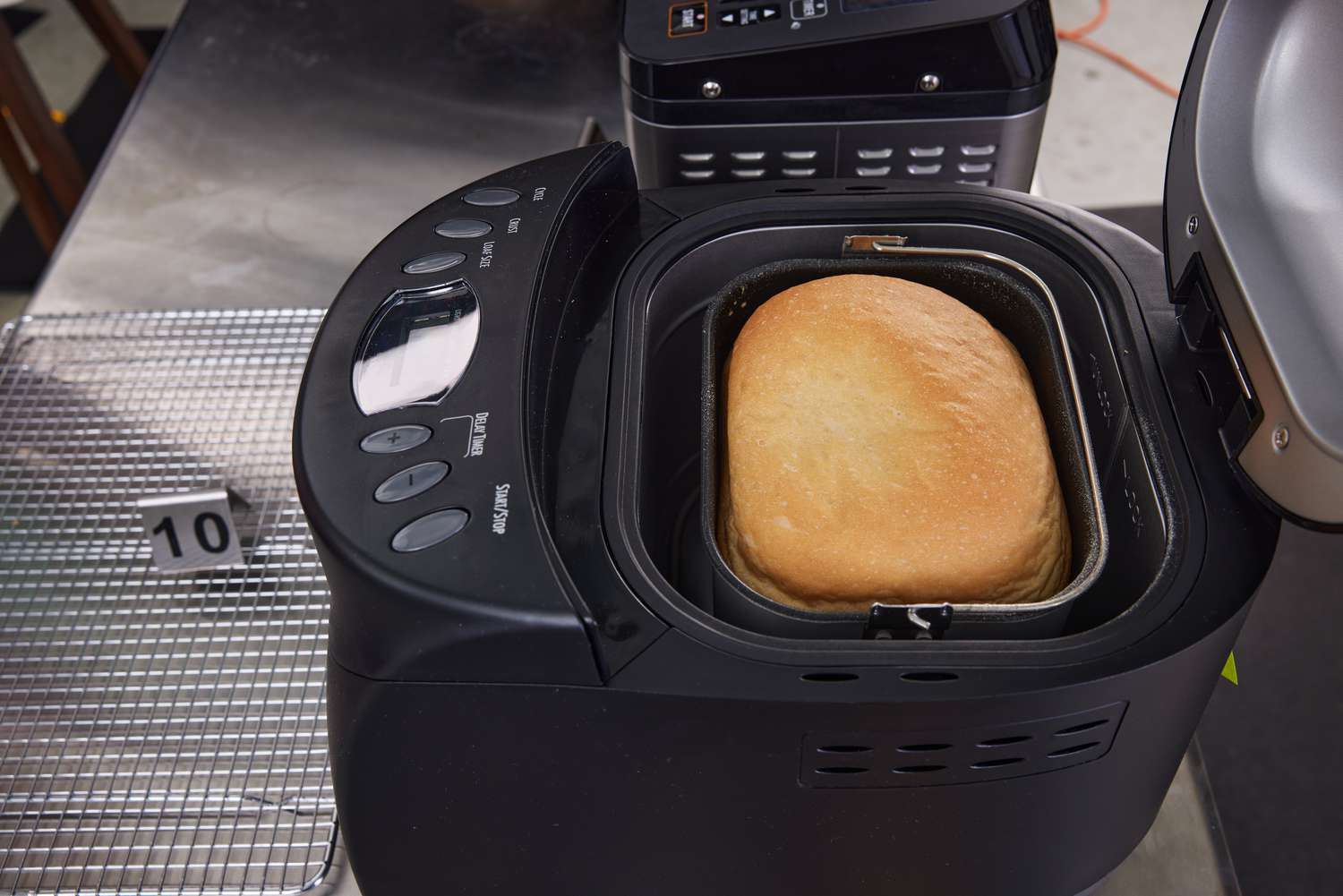
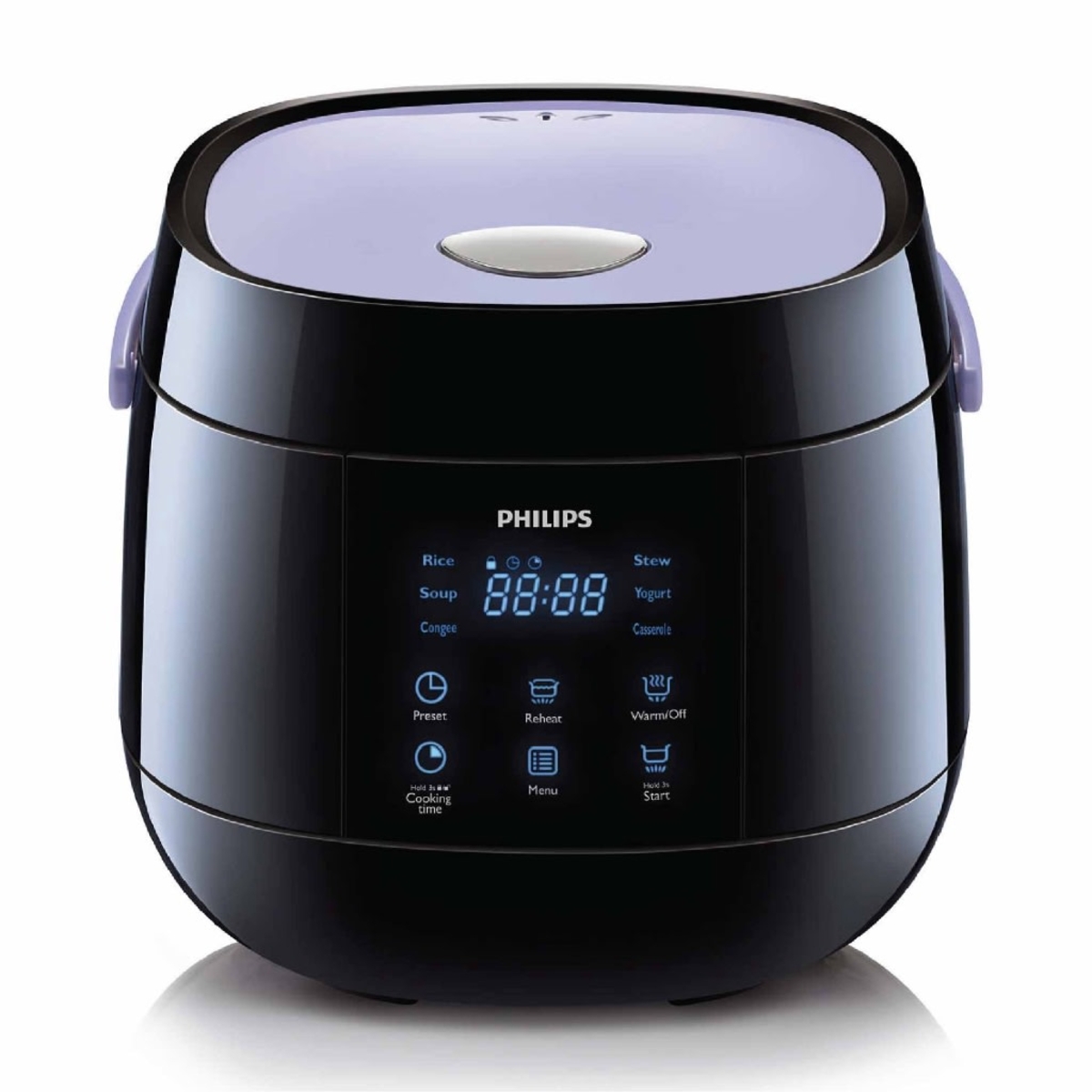
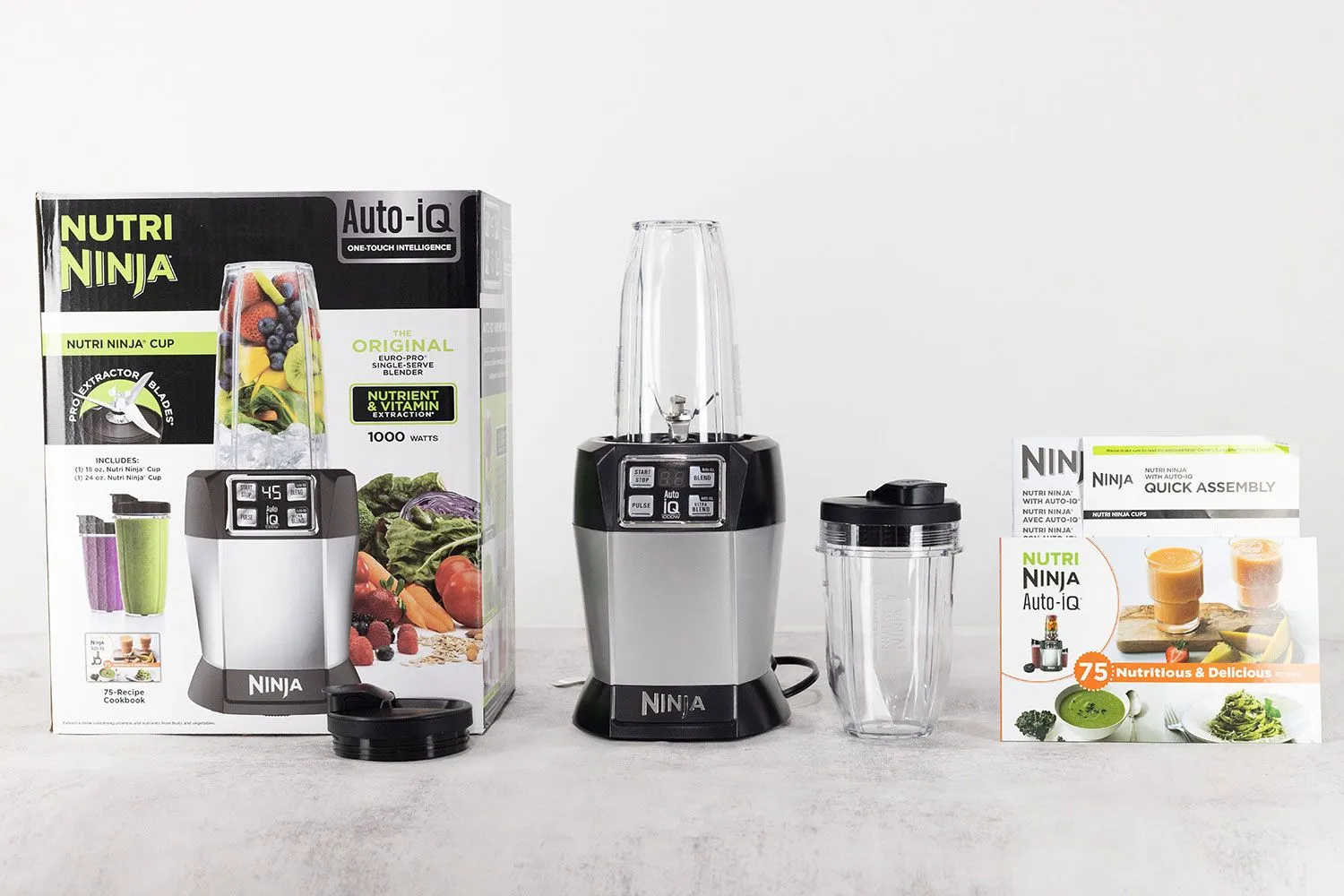
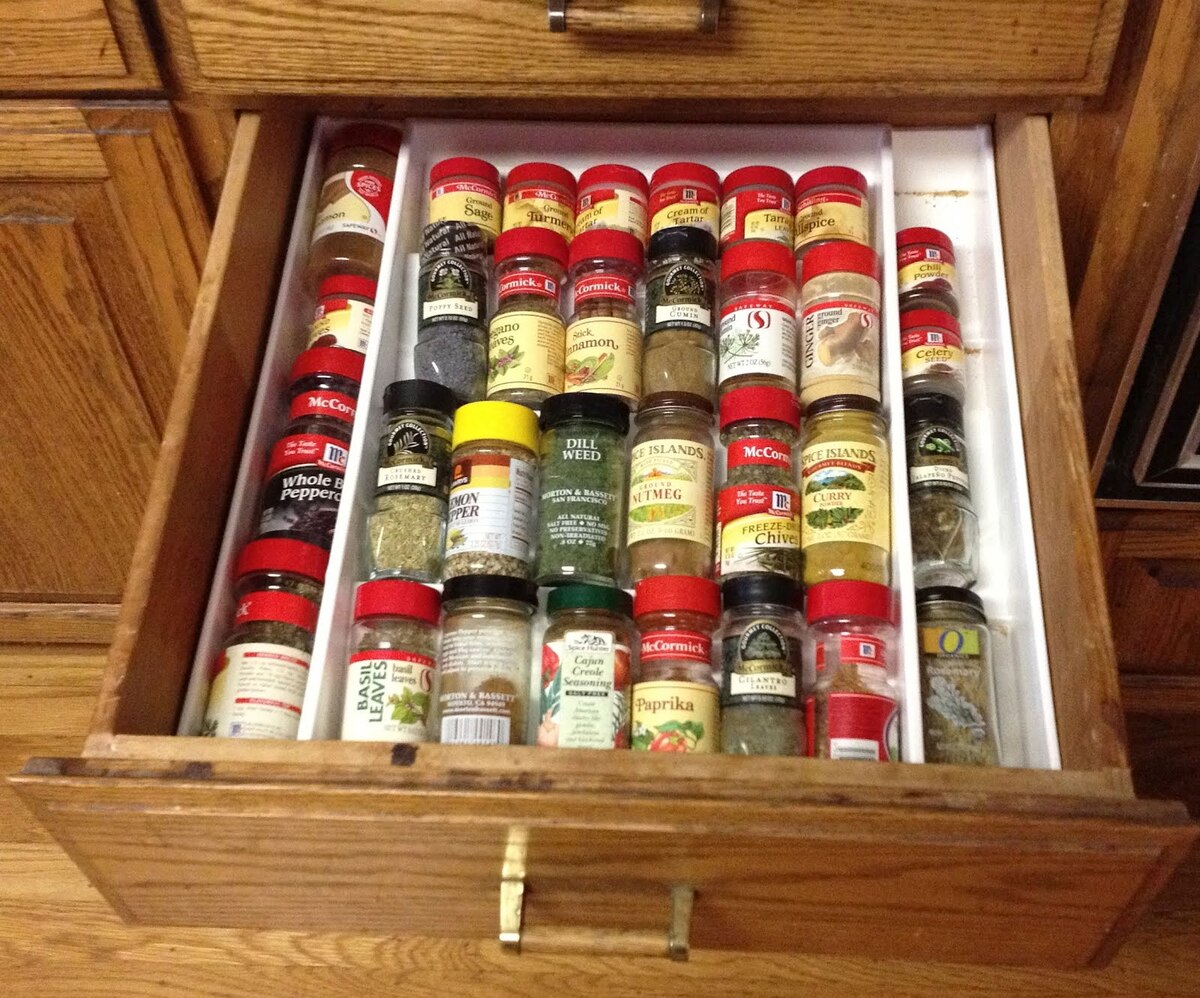
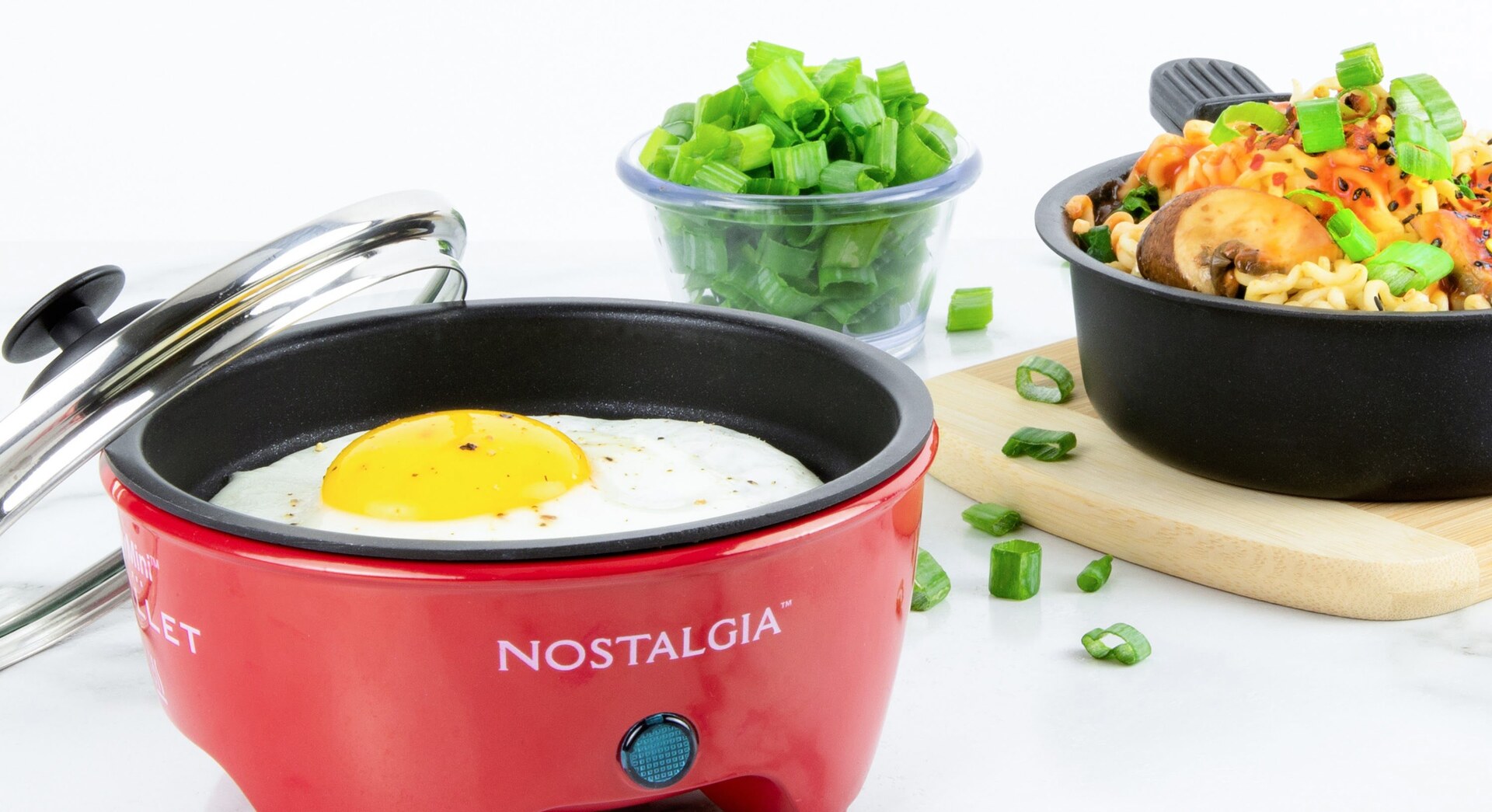
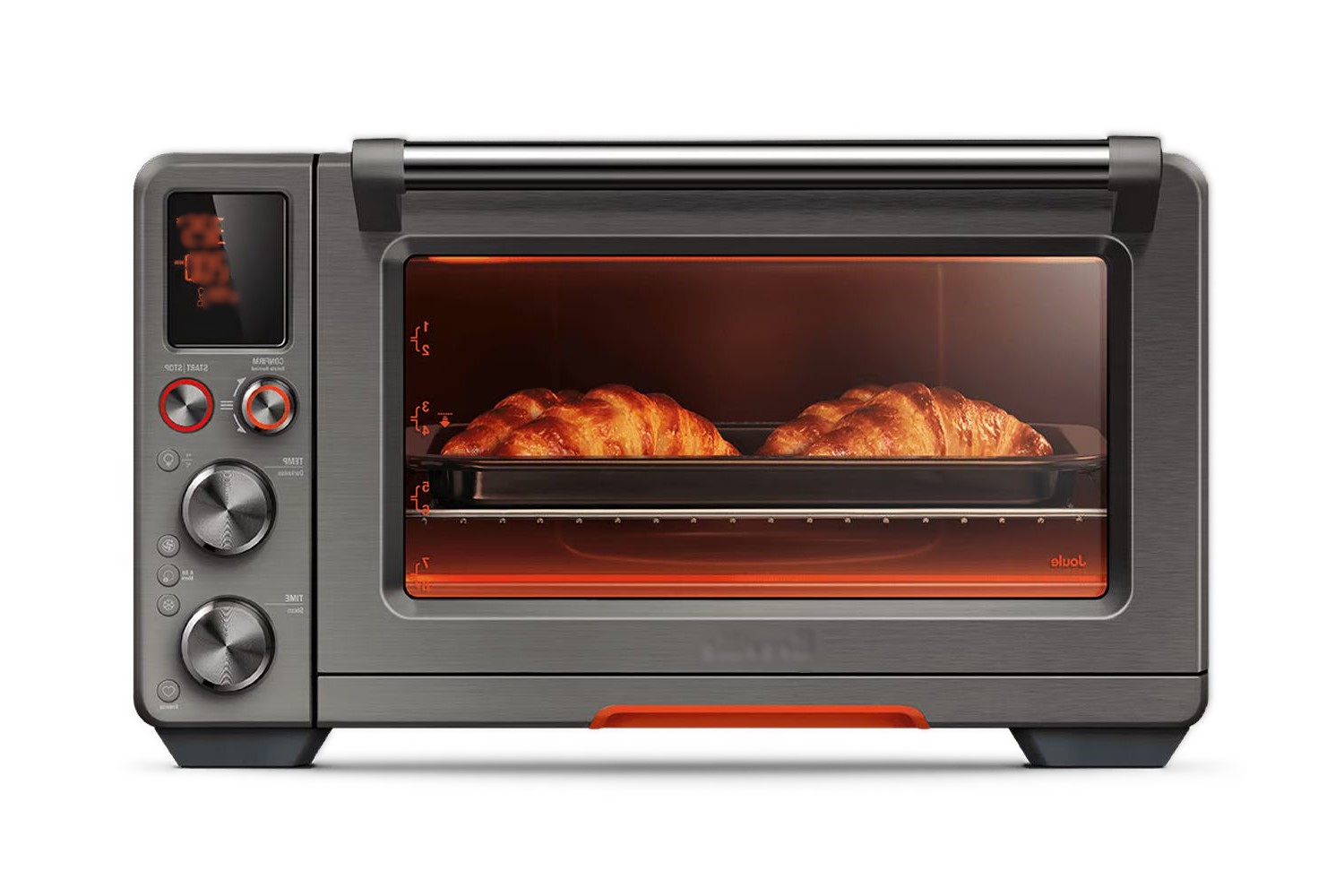
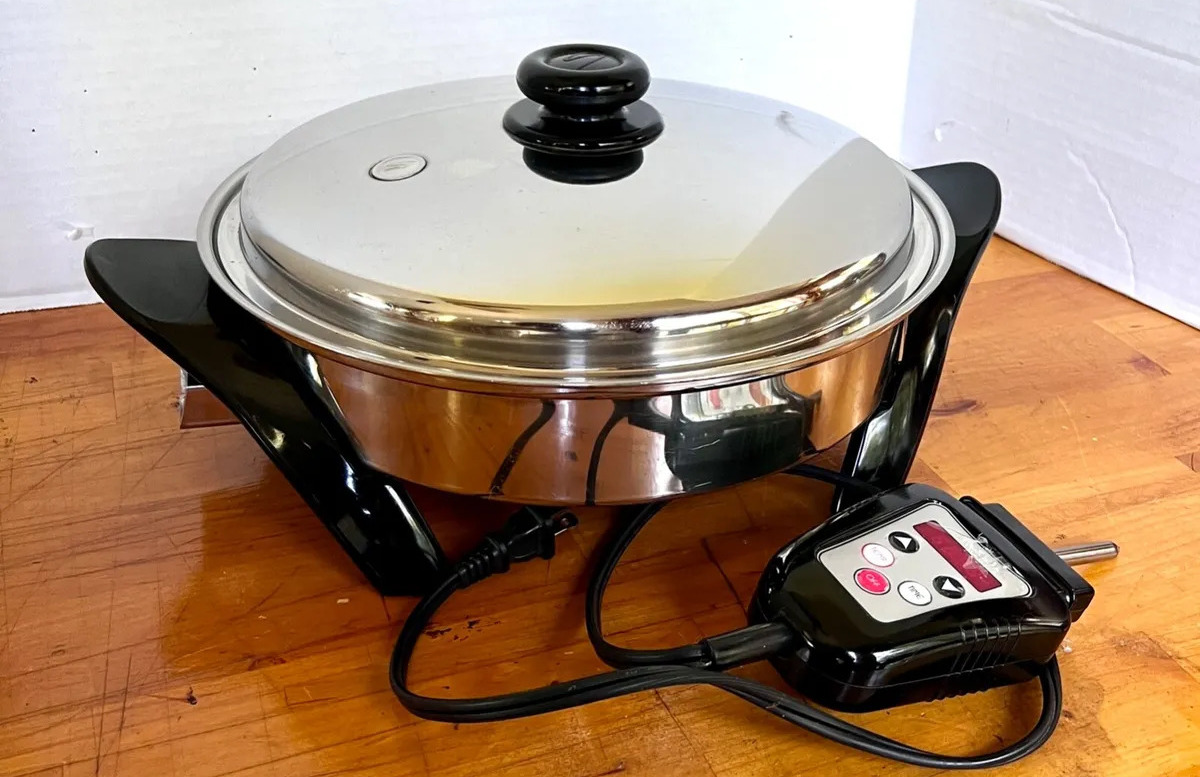
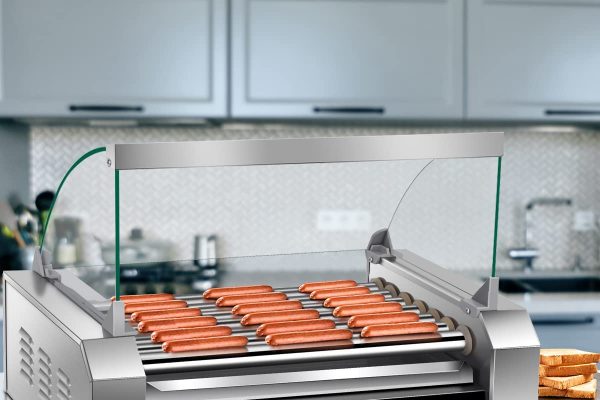
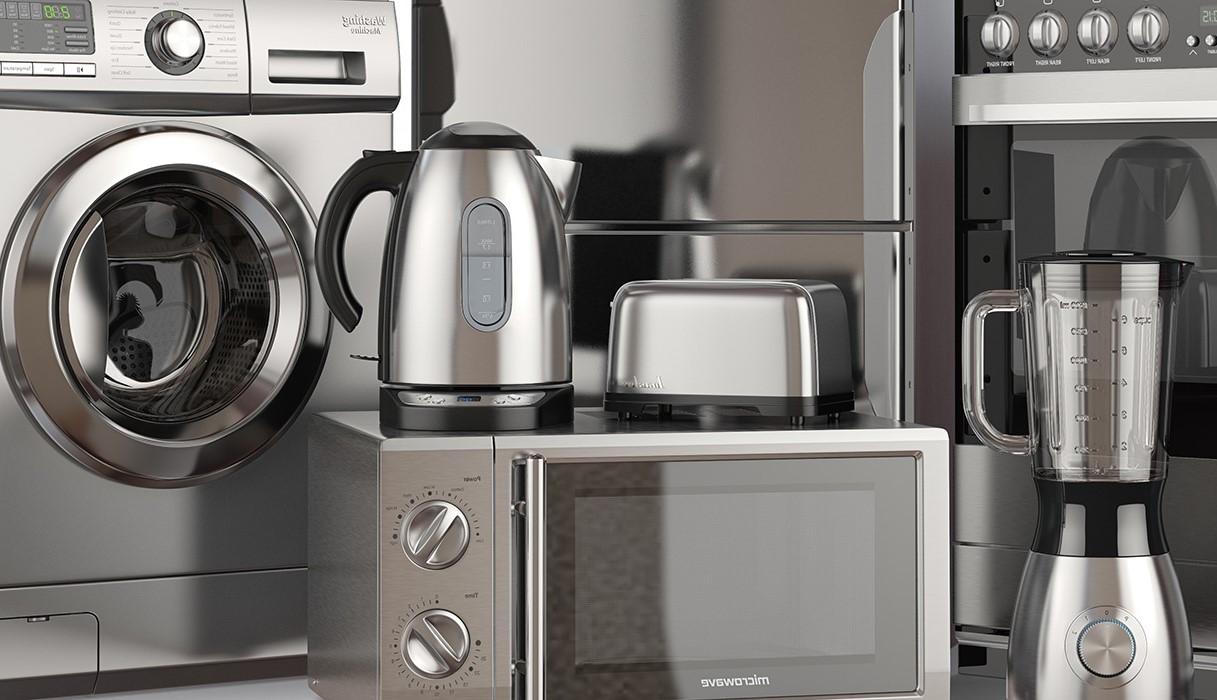
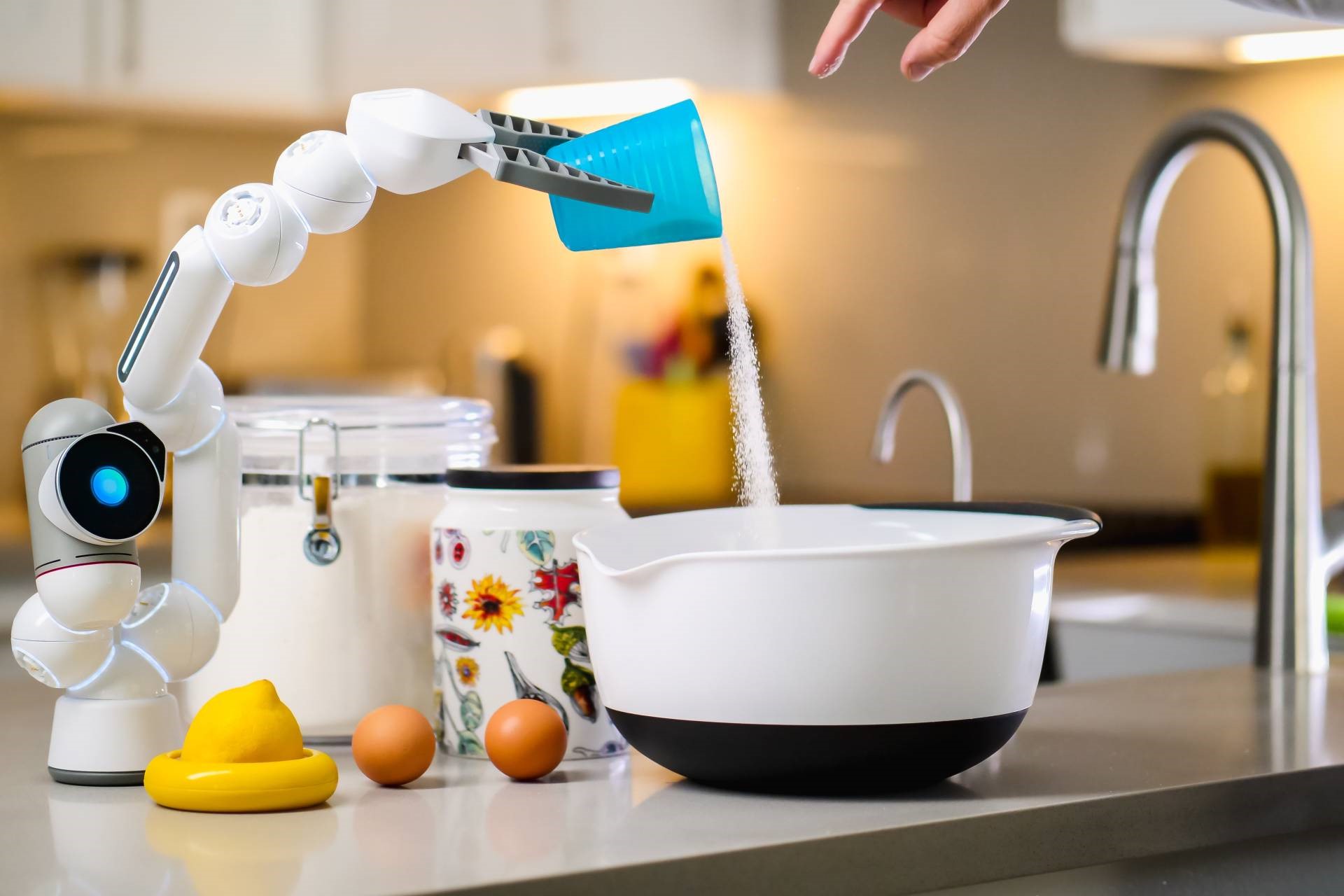
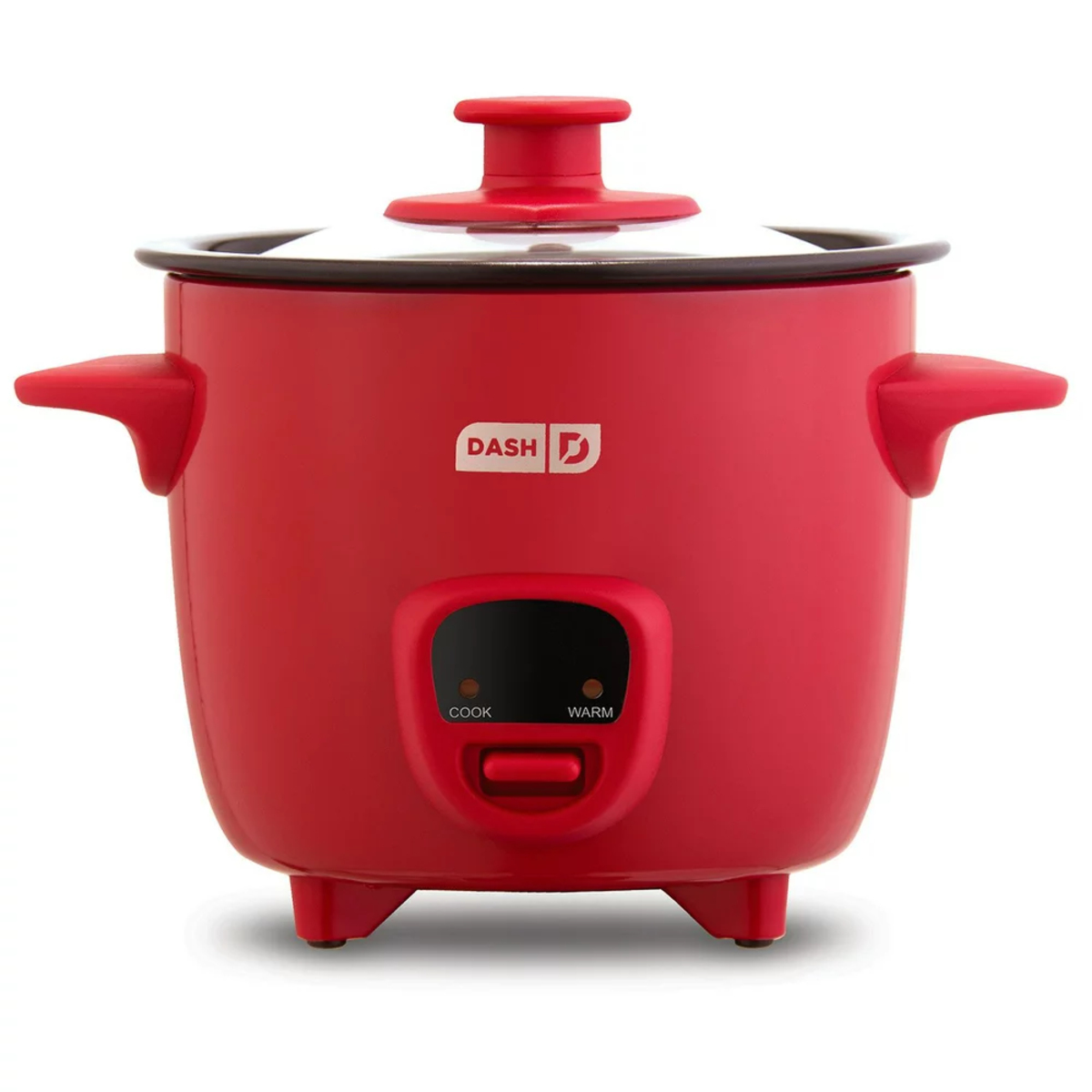
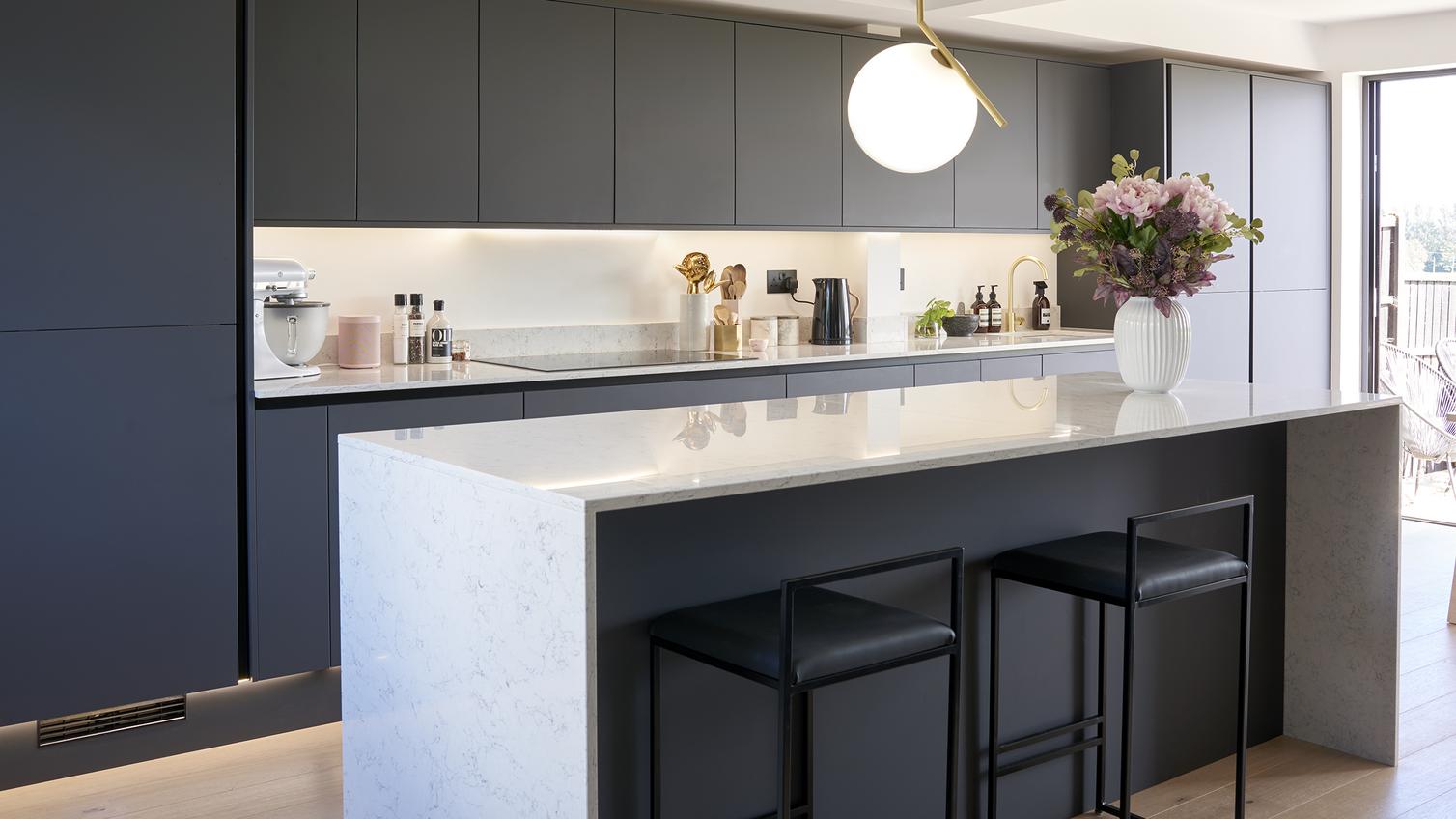


0 thoughts on “How To Store Kitchen Appliances In Small Kitchen”